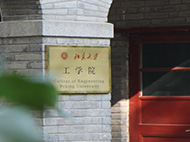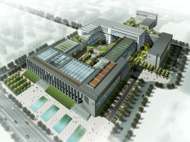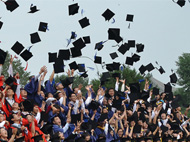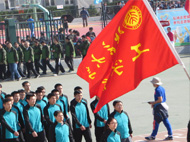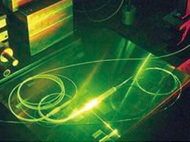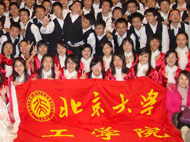讲座信息
9月21日力学系与湍流国家重点实验室——Deformation and Fracture Mechanisms of Nanotwinned Metals
讲座题目:Deformation and Fracture Mechanisms of Nanotwinned Metals
报告人:李晓雁
时 间:9月21日(周五)下午3:30
地 点:力学楼434会议室
主持人:裴永茂(特聘研究员)
报告内容摘要:
Nanotwinned metals, a new type of hierarchical materials, have exhibited enhanced mechanical properties, including ultra-high strength, good ductility and remarkable fracture toughness. In this talk, I present the deformation and fracture behaviors of nanotwinned metals, in forms of bulk, thin films and nanopillars. The entire presentation includes three parts. The first part shows three distinct dislocation-based deformation mechanisms in equiaxed- and columnar-grained polycrystalline nanotwinned bulk Cu, which has been revealed by the large-scale atomistic simulations and the experiments. The second part is dedicated to interpret a novel toughening mechanism (crack bridging) observed in in-situ experiments on nanotwinned Cu thin films. Atomistic simulations showed that during plastic deformation, initially clean twin boundary can transform to a dislocation wall which can block dislocation activity and resist crack propagation, leading to experimentally observed crack-bridging behavior, i.e. nanoscale twins serve as uncracked ligaments. In the third part, the results from the tension experiments, transmission electron microscopy and atomistic simulations are shown to indicate the influence of diameter, twin-boundary spacing and twin-boundary orientations on the mechanical responses of individual nanotwinned Cu nanopillars. Interestingly, a brittle-to-ductile transition was observed in the uniaxial tension of nanopillars with orthogonal twin boundaries, as the twin-boundary spacing decreases below a critical value (?3–4 nm for copper). Atomistic simulations and theoretical modeling demonstrated that such transition is associated with the intrinsic brittleness of twin boundary.
报告人简介:
Dr. Li received his B.S. from Xi’an Jiaotong University on July 2003, and his M.S. and Ph.D. in Engineering Mechanics from Tsinghua University on July 2007. He also received M.S. in Applied Mathematics and Ph.D. in Solid Mechanics from Brown University on May 2010 and January 2012, respectively. After graduation, he worked as Postdoc at School of Engineering, Brown University. When pursuing a doctorate at Tsinghua, he began to use atomistic simulations to investigate mechanical and physical properties of nanostructured materials. So far, he has published 15 peer-reviewed papers about atomistic simulations on mechanical behaviors of nanostructured materials. Some of them have been published in the high-profile journals, such as Nature, Nature Nanotechnology, Phys. Rev. Lett., Nano Lett. and PNAS. Recently, his research work focused on deformation and fracture mechanisms of nanotwinned metals.


